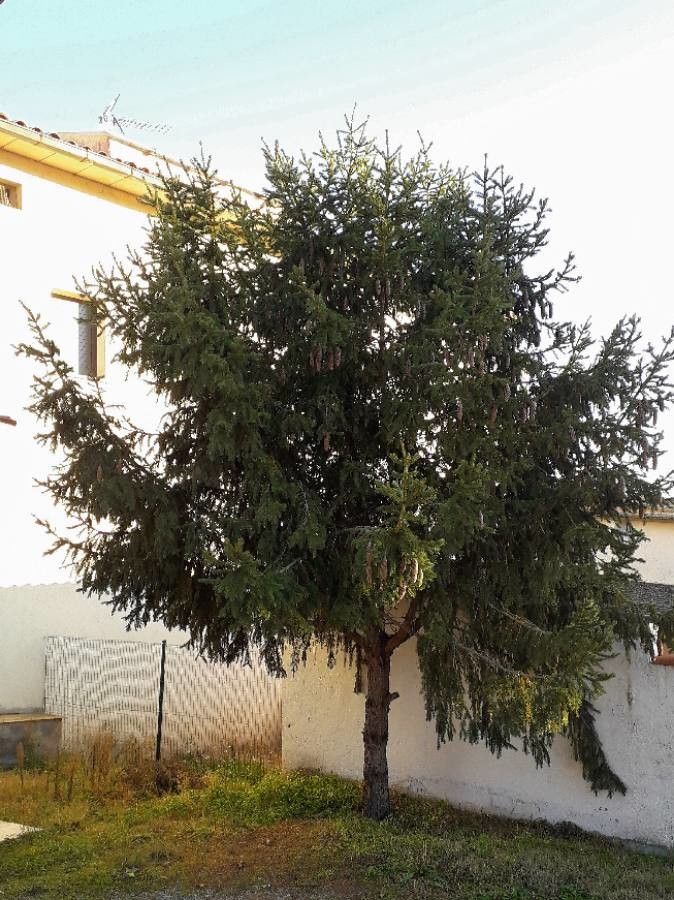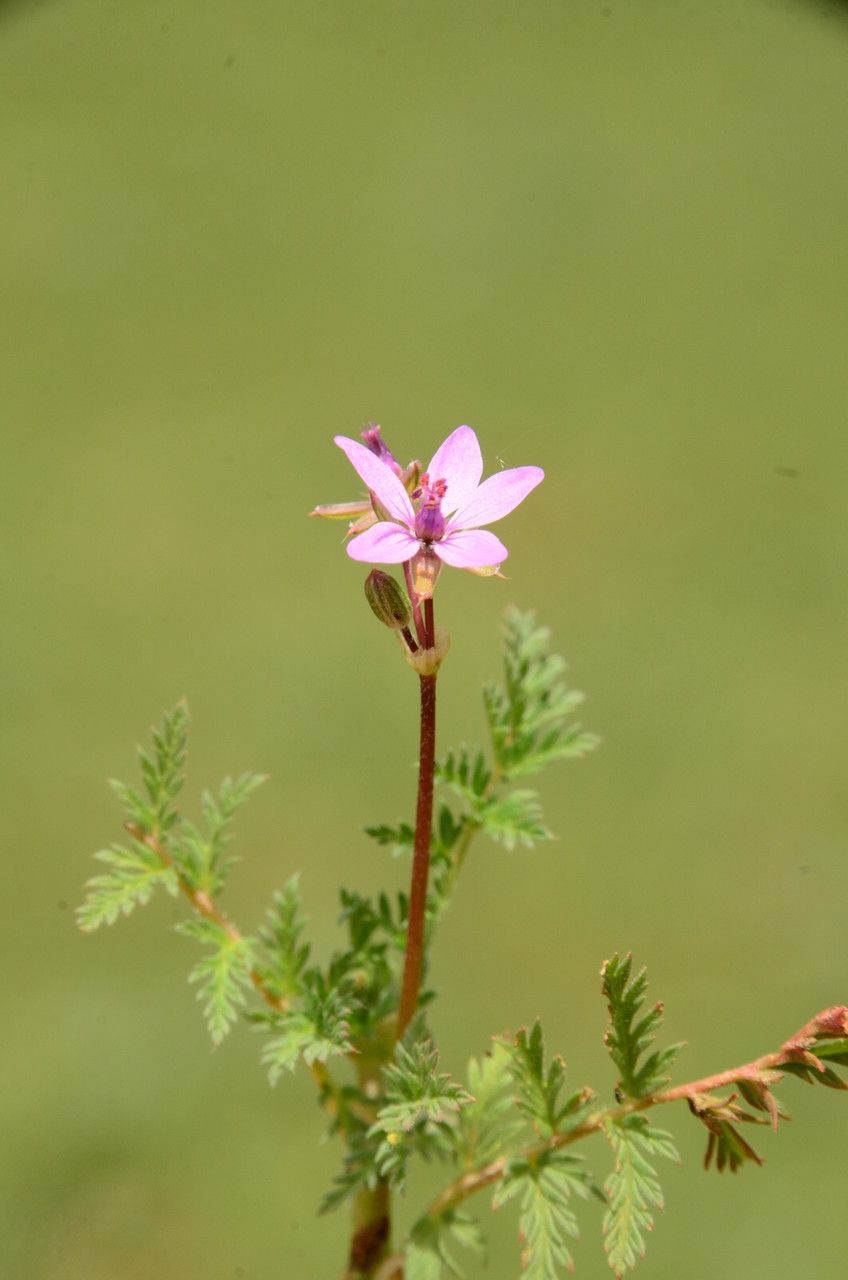## Dusky Crane's-bill: A Gardener's Delight
The Dusky Crane's-bill (*Geranium phaeum*), a captivating member of the Geraniaceae family, is a perennial flowering plant prized for its dark, almost purplish foliage and unique, nodding flowers. Its understated elegance makes it a perfect addition to woodland gardens, shady borders, or even naturalized areas. This comprehensive guide will equip you with the knowledge to successfully cultivate this charming plant.
### Habitat and Growth
Native to Europe and Asia, Dusky Crane's-bill thrives in moist, well-drained soils. It prefers partial shade to full shade, making it an excellent choice for areas where many other plants struggle. In full sun, the foliage may scorch, resulting in less vibrant growth. It’s remarkably adaptable, tolerating a wide range of soil types as long as they are not waterlogged. This hardy plant is also fairly drought-tolerant once established.
### Planting and Propagation
Dusky Crane's-bill can be propagated via seed or division. Seed sowing is best done in autumn or spring, directly into the prepared soil. Ensure the seed is lightly covered and kept moist until germination. Division is a simpler method, best performed in early spring or autumn. Gently divide established clumps, ensuring each division has healthy roots and shoots, and replant them in suitable locations.
### Care and Maintenance
While relatively low-maintenance, Dusky Crane's-bill benefits from regular watering, especially during dry periods, particularly in the first year after planting. Deadheading (removing spent flowers) will encourage more blooms and prevent self-seeding. Mulching around the base of the plant helps retain moisture and suppress weeds. In colder climates, a light layer of mulch during winter provides additional protection.
### Pest and Disease Resistance
Dusky Crane's-bill is generally resistant to pests and diseases. However, occasional issues like slugs and snails can occur, particularly in damp conditions. Regular monitoring and manual removal are often sufficient to manage these infestations. Good air circulation is crucial to prevent fungal diseases.
### Landscape Use and Companions
This versatile plant excels in a variety of garden settings. It works well as a groundcover in shady areas, adds texture and depth to borders, and complements other shade-loving plants. Consider pairing Dusky Crane's-bill with ferns, hostas, or other shade-tolerant perennials to create a lush and visually appealing display. Its ability to attract pollinators also makes it a valuable addition to wildlife gardens.
### Conclusion
Dusky Crane's-bill's understated beauty and ease of cultivation make it a rewarding addition to any garden. With its tolerance of shade and ability to thrive in various soil types, it’s a perfect choice for gardeners seeking a low-maintenance yet visually striking plant.
Dusky Crane's-bill: Planting & Care Guide

Frequently Asked Questions
How do I care for Dusky Crane's-bill?
Dusky Crane's-bill is relatively low-maintenance. Provide regular watering, especially when young or during dry spells. Deadhead spent flowers to encourage more blooms. Mulch to retain moisture and suppress weeds.
Where does Dusky Crane's-bill grow best?
Dusky Crane's-bill thrives in partial shade to full shade with moist, well-drained soil. It tolerates a range of soil types but avoids waterlogged conditions. Full sun can scorch the foliage.


